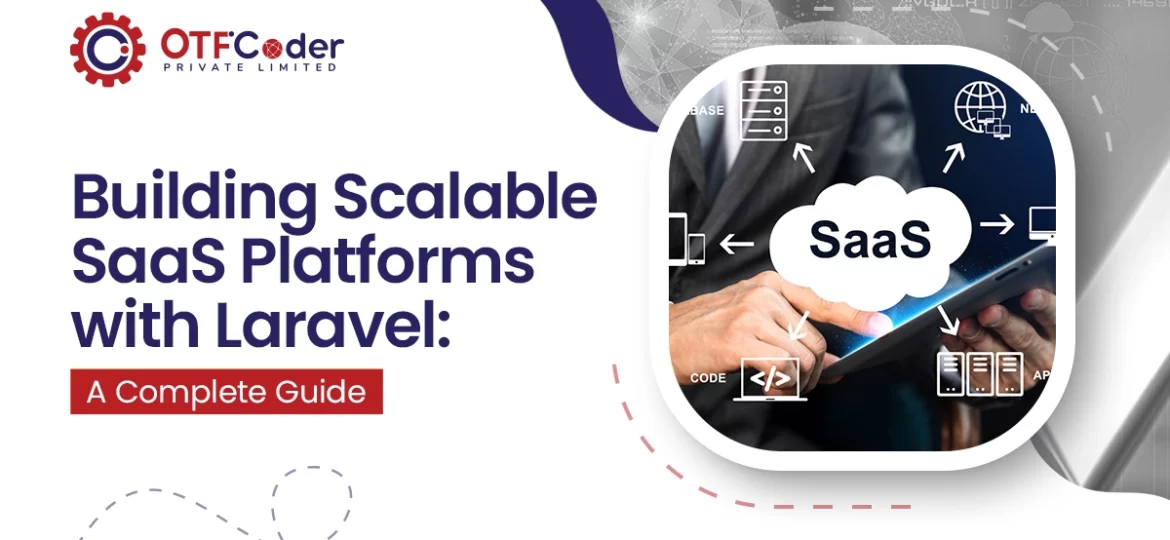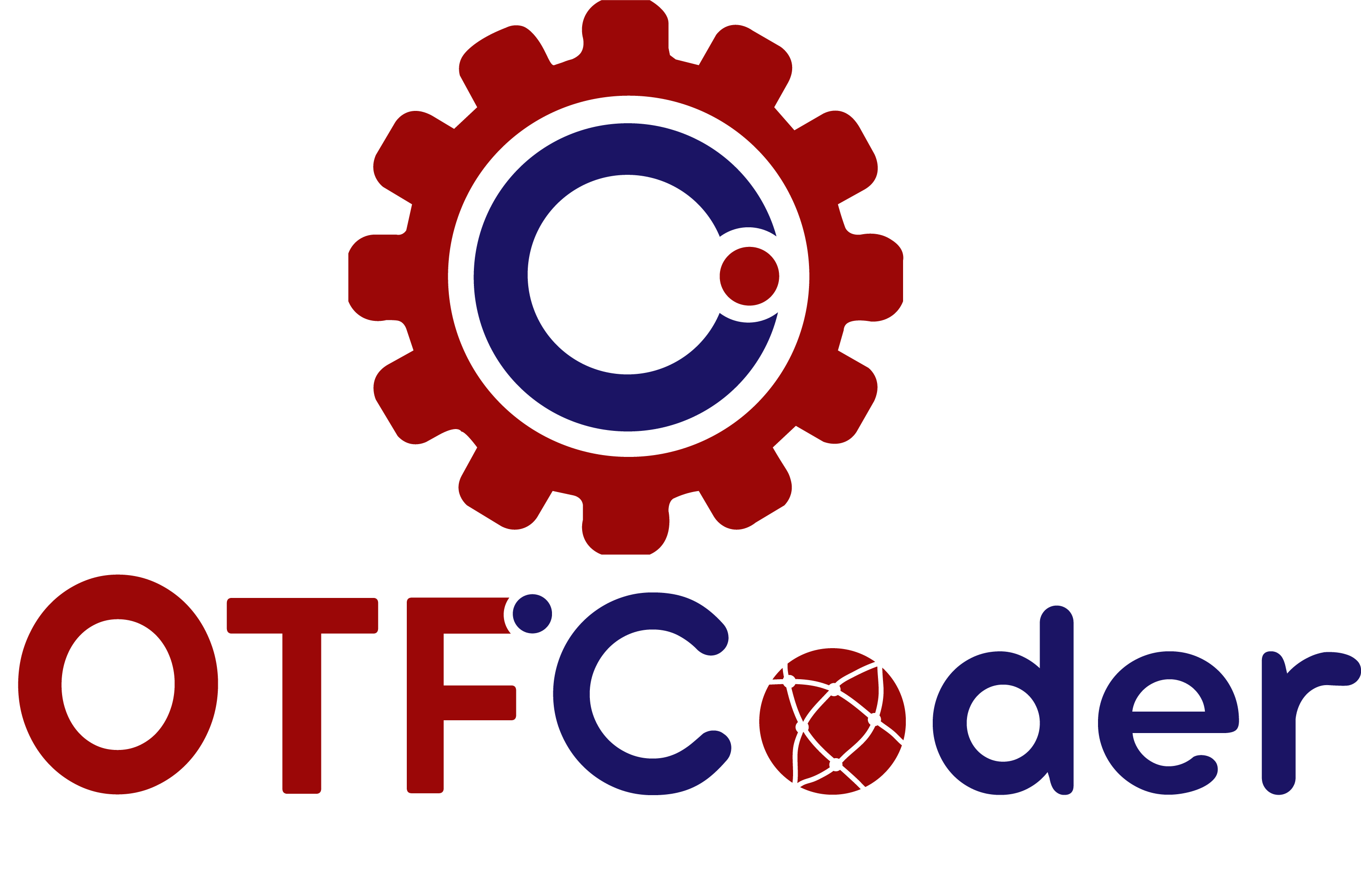
SaaS isn’t just a trend anymore—it’s how modern software lives, breathes and grows. The world runs on it, from daily productivity tools to industry-specific giants. But behind every smooth, cloud-based experience is a rock-solid architecture that quietly does all the heavy lifting. And that’s where Laravel steps in.
With Laravel, creating a SaaS application feels more like an artistic endeavor rather than a complex undertaking. This framework maintains flexibility, neatness, and developer-friendliness whether you’re deep in scaling pandemonium or simply sketching your MVP. The problem is that not every SaaS solution is designed to grow. When things get viral, some of them fall apart. Others get too complicated to handle.
What separates the two? Strategy.
This guide unpacks what it takes to build a scalable SaaS application using Laravel—talking real architecture choices, killer Laravel features, airtight API integrations, and database design know-how. There is no fluff, just stuff that works.
Why Laravel is the Backbone of Modern SaaS Applications
The Laravel framework is like a Swiss Army knife for modern web developers—loaded, sharp, and surprisingly elegant. It’s not just about writing beautiful code (though that’s a big plus). Laravel gives you the structure and flexibility that a growing SaaS application needs. It handles routing, caching, sessions, security, and some out-of-the-box.
What makes Laravel especially powerful in the SaaS space? It’s a tight ecosystem. Tools like Laravel Passport, Laravel Sanctum, Nova, Horizon, and Cashier add muscle to your app without overcomplicating things. Want to launch a new billing module or set up token-based user authentication? Laravel’s got your back, clean and simple.
The best part? You don’t have to reinvent the wheel every time. Reusability is a dream. And because of its expressive syntax and substantial documentation, your development cycles stay smooth—even when the pressure’s on.
And the cherry on top? Laravel plays well with almost every major API integration you can think of. That means scaling your platform and connecting it with CRMs, analytics tools, or third-party services becomes another day in the dev room.
Architecture Choices That Scale
The design of your SaaS service is just as important when building for growth as the code you write. Depending on the long-term requirements of your product, Laravel allows you to select between single-tenant and multi-tenant installations. Each has advantages, but the choice must be deliberate.
For instance, multi-tenancy can revolutionize platforms that cater to numerous enterprises. Regardless of whether you choose an isolated or shared database design, Laravel’s modular approach and service container make it simple to keep tenant boundaries and separate logic. Modularizing your app early on is another golden move. Break features into packages or services, and watch how easy it becomes to debug, scale, or even outsource parts of your build. Use service providers, events, and repositories to keep things clean. It’s like giving your app a toolbox instead of a tangled mess of wires.
Bridge that with Laravel’s job queues and scheduling system, and your background processes stay snappy—regardless of user load. When a SaaS product begins to receive actual traffic, these little design decisions can make or destroy it.
Must-Have Features That Grow With You
SaaS is not a one-time purchase. It changes. Your features must be scalable, adaptable, and future-proof. Laravel excels in this situation. Laravel provides everything you need, including notification systems and built-in authentication, while allowing for unrestricted expansion.
Need user roles and permissions? Use Gates and Policies. Planning subscriptions and billing? Cashier. Adding secure logins or token management? Here’s where Laravel Passport and Laravel Sanctum do the heavy lifting. Both tools help manage secure API resources with minimal hassle. Passport is great for full OAuth2 flows, while Sanctum is lightweight and perfect for SPAs and mobile apps.
Even the small things count—like activity logs, two-factor auth, or file storage. Laravel handles it all without breaking a sweat. More importantly, the features don’t just work, they scale.
This indicates that your SaaS application is lovable in addition to being useful. As new demands come in, your developers maintain their sanity while users enjoy a polished experience. Scalability is about positioning your product for long-term success, not just about technology.
Performance Tweaks That Make a Big Difference
Speed sells. No one sticks around on a laggy platform, especially in SaaS. And guess what? Laravel makes it stupid-easy to keep things snappy. Caching? Sorted. Laravel supports Redis, Memcached, file, or database-based caches right out of the gate.
But it’s not just about slapping on a cache. Use route caching, view caching, and config caching during deployment to shave off valuable milliseconds. Monitor and control your queues using Laravel Horizon—your background tasks should also be treated like VIPs.
Database queries? What a rabbit hole that is. Knowing how Eloquent manages relationships is the key. Understand the difference between eager and lazy loading.
Where necessary, include indexing. Make those joins as efficient as possible. Don’t worry about those N+1 issues before they get out of control.
Your database design should support the load you will have, not just what you’ve got now. Build for 10x and optimize backwards. Laravel gives you the tools. You’ve just got to use them wisely.
Lock It Down: Security Essentials for SaaS
Security isn’t a luxury in SaaS—it’s part of the product. If users can’t trust your app, they won’t use it. Laravel builds in protections for CSRF, XSS, and SQL injection attacks. But don’t stop there.
Use hashed passwords (Laravel does this by default), validate input data rigorously, and never trust client-side logic. Throttle requests and rate-limit logins. Laravel makes this easy with middleware and rate-limiting features baked right in.
Laravel Sanctum and Laravel Passport give you tight control over token-based authentication and secure API resources. You choose who gets access and for how long. This is especially important when handling multiple users, roles, and integrations.
Add environment-specific secrets via .env, use HTTPS everywhere, and audit logs regularly. In the SaaS game, trust is everything—and Laravel helps you earn it with every feature you build.
Laravel Tools That Speed Up SaaS Development
You’ve got a product to launch, and time is rarely on your side. That’s where Laravel’s ecosystem becomes your unfair advantage. There’s a tool for nearly every piece of the puzzle.
Laravel Passport and Laravel Sanctum cover token-based access and API integrations. Laravel Nova takes care of admin dashboards. Telescope helps you debug. Horizon manages your queues. Forge and Envoyer handle deployment. Vapor lets you go serverless.
Need rapid testing? Laravel’s testing suite plays nice with PHP Unit. Want seamless CI/CD pipelines? Connect it to Bitbucket or GitHub Actions and automate like a pro.
The way these tools function together is what’s most notable. They are a part of a carefully considered ecosystem, not just any old plugin. This implies that you spend less time resolving strange issues and more time creating.
Post-launch, the Real Game Begins
Instead of just building your SaaS application, you should focus on improving, monitoring, and evolving it once it goes live. You can stay on top of everything with the help of Laravel’s tools.
Telescope gives you real-time insights into what your app is doing—great for debugging and tracking performance. Pair it with server monitoring tools, and you’re set for early warning signals. Stay close to your metrics, understand user patterns, and never stop iterating.
Keep your API resources healthy. Maintain strong API integrations. Review and refactor your database design regularly. The goal is to keep things lean, clean and prepared for the next growth phase.
In SaaS, the winners aren’t always the ones with the flashiest launch. It’s the ones who iterate fast, optimize relentlessly, and scale smart. Laravel gives you everything you need to be in that league.
Summing Up!
Making wise, sound decisions from the start is more important when developing a scalable SaaS application than following trends. Not only does Laravel make development easier, but it also makes the entire product journey safer, more efficient, and quicker to expand.
You’re positioning yourself for a platform that will last thanks to the proper use of Laravel features, careful database design, seamless API integrations, and innovative tools like Laravel Passport and Laravel Sanctum.
And remember, scaling isn’t just about adding users—it’s about keeping things clean, functional, and ready to evolve. Laravel gets you there. The rest is just execution.


